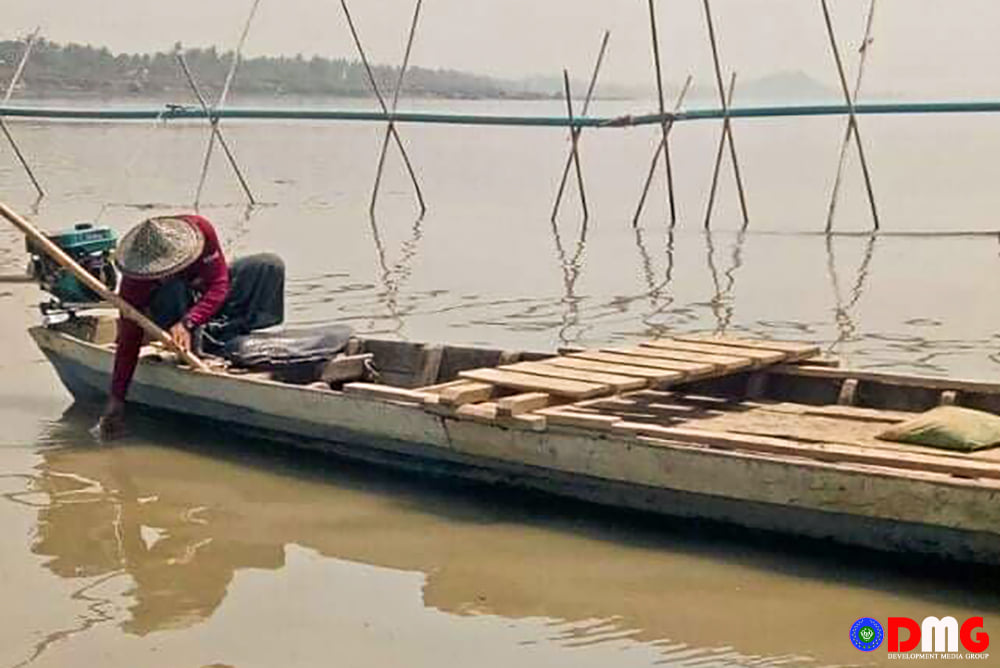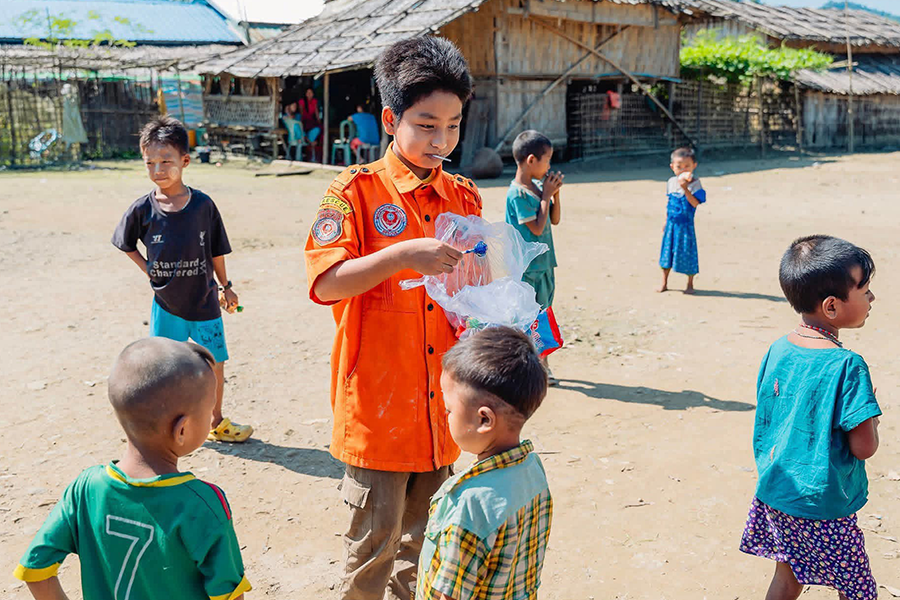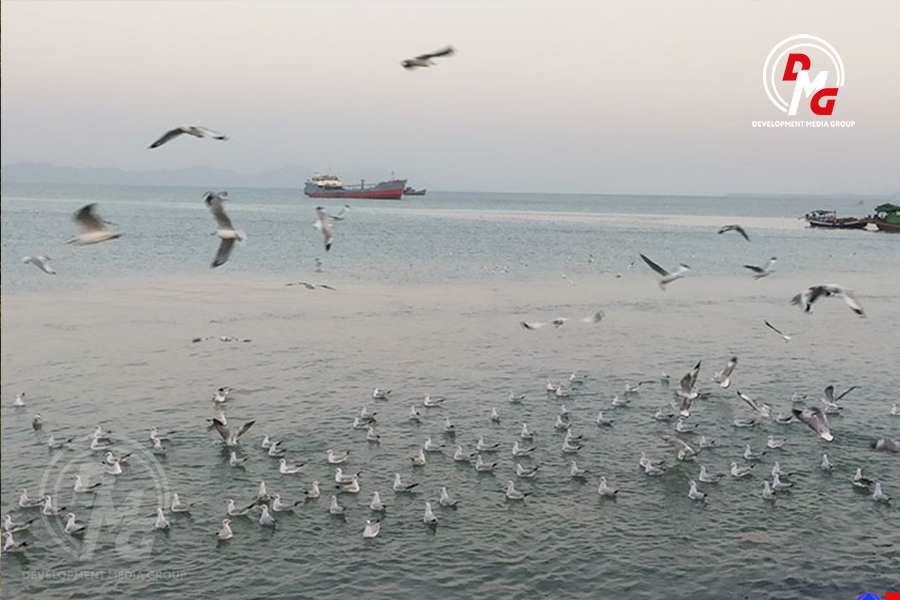- Junta unable to hold elections in dozens of wards and village-tracts in Sittwe, Kyaukphyu
- Fighting escalates between Myanmar military, Arakan Army in Ayeyarwady Region
- Regime steps up civilian arrests in Sittwe
- ULA safeguards Mrauk-U's ancient heritage
- Arakan on the Edge: What the DMG Landmine Impact Report Reveals About Myanmar's Deepening Humanitarian Crisis
Sandbars create problems for water transport along Laymyo River
Sandbars have formed in the middle of the Laymyo River in Minbya Township, creating problems for local water transport.
08 Mar 2022

DMG Newsroom
8 March 2022, Minbya
Sandbars have formed in the middle of the Laymyo River in Minbya Township, creating problems for local water transport.
The sandbars have formed along the river from the village of Nankyar in Mrauk-U Township to Se The village in Minbya Township, according to local residents.
People travelling from Letma village to Nankyar are having to wade to shore due to the changed river bottom, said boatman U Maung Thein Hla from Letma Village.
“Previously, boats could go straight to the shore. But the river has become shallow after sandbanks have formed, and we can no longer dock at the shore. Travellers have to walk halfway from the river. So, it is not convenient for them,” he said.
Locals from at least half a dozen villages rely on powerboats to buy and sell goods via Minbya town. As the river has silted up, transportation by boat is increasingly left at the mercy of the tides.
“The water is not deep enough to use boats. In case of a health emergency, we can’t afford to wait for the tide, and have to take longer routes through deeper water. It takes longer and costs more fuel, which is not OK because of fuel price hikes,” said local U Myo Min Tun.
Locals have called on the Arakan State military council to dredge the Laymyo River to facilitate water transport.
“We will be able to dock at the shore if authorities dredge some 300 feet of the river. And travellers will no longer need to wade ashore,” said boatman U Maung Thein Hla.
Villages along the Laymyo River face annual riverbank erosion during the rainy season, and are left to grapple with negative impacts from resultant silting.





.png)











